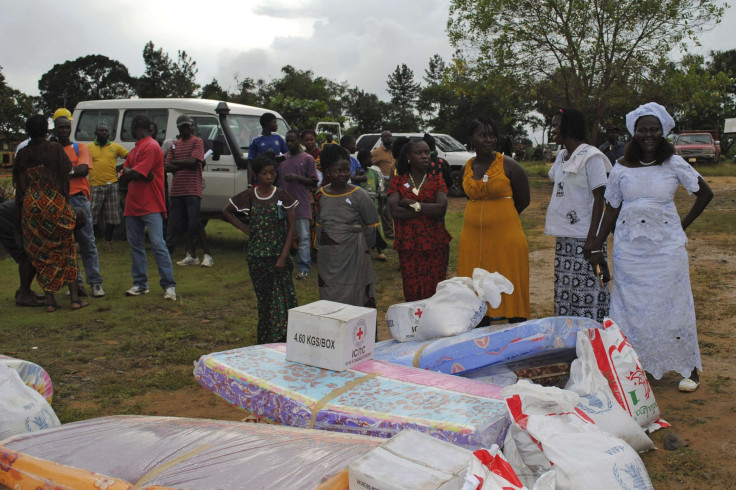Australian Nurse, Back From Sierra Leone, Being Tested For Ebola In Cairns

A 57-year-old nurse, who returned to Cairns in Queensland, Australia, from Sierra Leone on Tuesday, was admitted to a hospital Thursday after she developed a low-grade fever, one of the primary symptoms of the Ebola infection. Her blood samples have reportedly been taken to Brisbane for testing while she remains in the Cairns hospital.
Sue Ellen Kovack had been in isolation ever since she returned from Sierra Leone, which has seen more than 600 Ebola deaths and 2,100 confirmed cases. Doctors have kept pathologists on standby to test the blood sample when it reaches Brisbane and the results of the test are expected by Friday, The Australian reported. Jeanette Young, Queensland’s chief health officer, said that Kovack was not otherwise ill.
“There is the potential there so that’s why we’re treating this so seriously,” Young said, according to The Australian, adding: “There is no risk to anyone in that community or any staff in that hospital.”
Kovack also has a roommate who reportedly has not shown any symptoms of the disease so far.
“Ebola virus is very difficult to transmit - it’s not like the flu or measles,” Young said, according to The Australian, referring to the possibility of the disease having spread on the flight, adding: “There is absolutely no concern for any passenger on any plane she’s been on because she did not have any symptoms at all when she was on those flights.”
Australia has so far pledged 8 million Australian dollars to help counter the worst Ebola outbreak so far.
Referring to the likelihood of Kovack contracting the disease, Young said, according to The Guardian: “I am treating it as if it was, because I don’t know how likely it is. Because she has been in Sierra Leone looking after people sick with Ebola, there is potential there that’s why we are treating it seriously.”
© Copyright IBTimes 2025. All rights reserved.






















